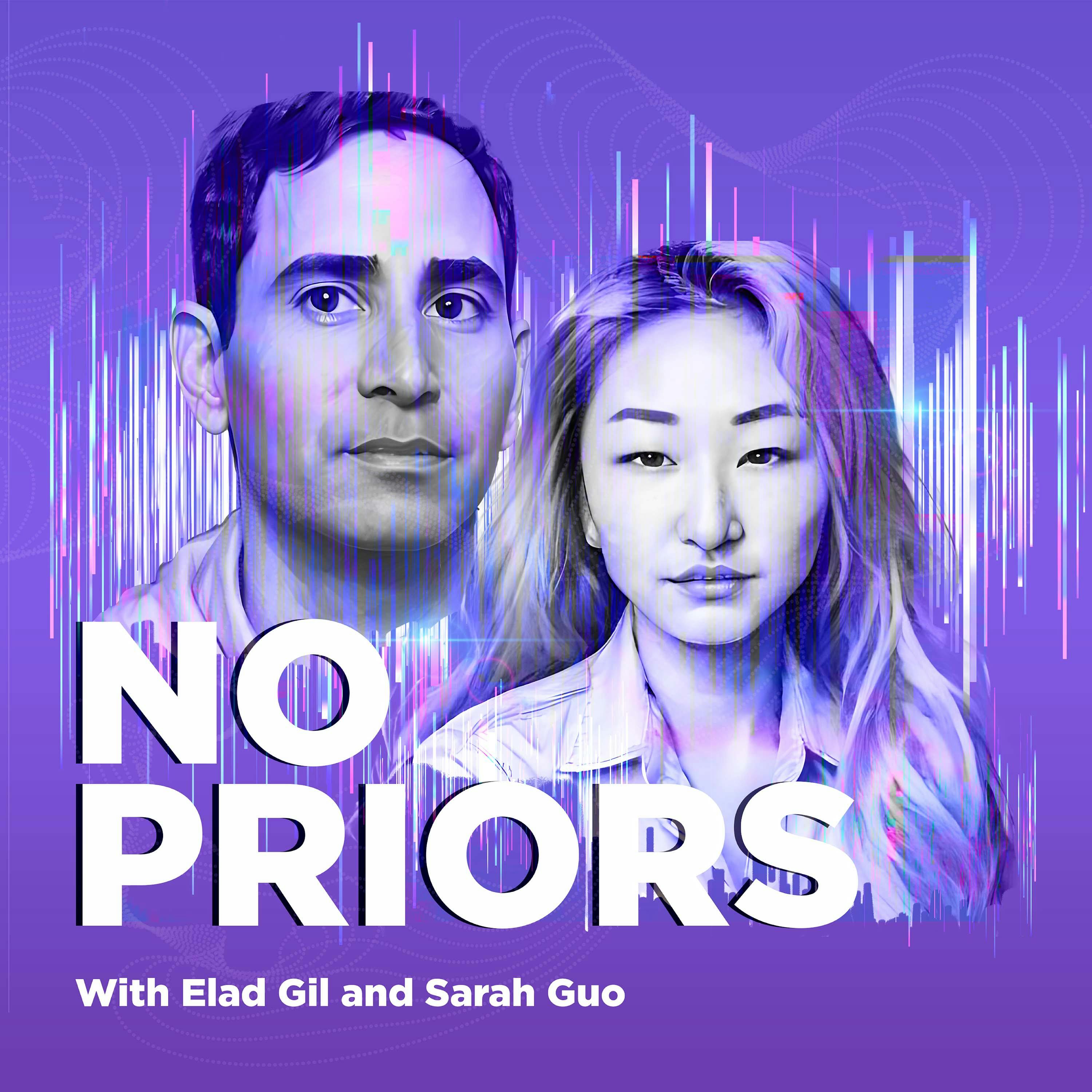
Erik Bernhardsson on Creating Tools That Make AI Feel Effortless

No Priors: Artificial Intelligence | Technology | Startups
Deep Dive
What inspired Erik Bernhardsson to start Modal Labs?
Erik Bernhardsson was inspired to start Modal Labs after spending years building infrastructure at Spotify and Better.com. During the pandemic, he realized the need for better infrastructure for data, AI, and machine learning, which led to the creation of Modal. His goal was to make cloud development feel as seamless as local development, focusing on fast feedback loops and developer productivity.
What is Modal Labs' primary focus today?
Modal Labs focuses on providing a serverless cloud platform tailored for AI, machine learning, and data applications. It offers a Python SDK that allows developers to write code as functions, which are then turned into serverless functions in the cloud. Modal handles containerization and infrastructure, making it easy to access thousands of GPUs and CPUs on-demand, particularly for inference workloads like Stable Diffusion and AI-generated music.
Why is GPU flexibility important for AI workloads?
GPU flexibility is crucial because AI workloads, especially inference, are often unpredictable and bursty. Traditional cloud providers require long-term commitments for GPU access, which is inefficient for startups. Modal Labs addresses this by offering fully usage-based pricing, allowing customers to access GPUs on-demand without over-provisioning or under-provisioning. This approach is particularly beneficial for inference and shorter, experimental training runs.
How does Modal Labs differentiate itself from competitors?
Modal Labs differentiates itself by being a cloud-native, multi-tenant platform that offers instantaneous access to thousands of GPUs and CPUs. It focuses on high-code ML engineers, allowing them to run custom code in containers without worrying about infrastructure. Unlike competitors that specialize in specific areas like inference or language models, Modal aims to be a general-purpose platform, covering the entire machine learning lifecycle, from data pre-processing to training and inference.
What are Erik Bernhardsson's thoughts on training custom models versus using off-the-shelf solutions?
Erik believes that companies where model quality is critical should eventually train their own models to establish a competitive moat. While off-the-shelf solutions can be useful, custom models are essential for domains like audio, video, and image generation, where differentiation is key. Training custom models ensures that a company's solution is superior and defensible in the long term.
How does Erik see AI impacting the field of coding?
Erik views AI as another tool that enhances developer productivity, similar to compilers, higher-level programming languages, and cloud computing. He believes that AI will unlock more latent demand for software engineers, as it has historically done with other productivity improvements. Rather than reducing the need for engineers, AI will likely lead to an increase in demand for software development.
What excites Erik about AI's potential in music and audio?
Erik is particularly excited about AI-generated music, as it represents a frontier that was previously impossible. He notes that while current AI-generated music still has an uncanny valley effect, each generation of models is improving. Companies like Suno, which uses Modal for large-scale inference, are pushing the boundaries of what AI can achieve in music, enabling entirely new products and experiences.
What gaps does Erik see in AI infrastructure today?
Erik identifies several gaps in AI infrastructure, including the need for more efficient storage solutions for training data and the challenge of making training workloads less bandwidth-intensive. He is also interested in the evolution of vector databases and how AI-native storage solutions might differ from traditional databases. Additionally, he sees opportunities for innovation in computational biology and physics-based AI models.
- Founded Modal Labs to improve AI/ML infrastructure
- Prior experience at Spotify building recommendation systems and at Better.com
- Recognized challenges in existing cloud development workflows
Shownotes Transcript
Today on No Priors, Elad chats with Erik Bernhardsson, founder and CEO of Modal Labs, a platform simplifying ML workflows by providing a serverless infrastructure designed to streamline deployment, scaling, and development for AI engineers. Erik talks about his early work on Spotify’s ML algorithms, what Modal offers today, and his vision for building an end-to-end solution for AI engineers. They dive into GPU trends, cloud vs on-premise setups, and when to train custom models vs use off-the-shelf solutions. Erik also shares his thoughts on the evolving role of AI in fields like coding, physics, and music.
Sign up) for new podcasts every week. Email feedback to [email protected]
Follow us on Twitter: @NoPriorsPod) | @Saranormous) | @EladGil) | @Bernhardsson)
Show Notes:
0:00 Introduction
0:22 Erik's early interest in ML infra
1:22 Founding Modal Labs
4:17 State of GPU use today and what’s to come
7:14 Modal's end-to-end vision
9:00 Differentiating amongst competition
10:20 Cloud vs on-premise
12:35 Popular AI models
13:20 Gaps in AI infrastructure
14:55 Insights on vector databases
16:48 Training models vs off-the-shelf models
17:47 AI’s impact on coding and physics
22:14 AI's impact on music